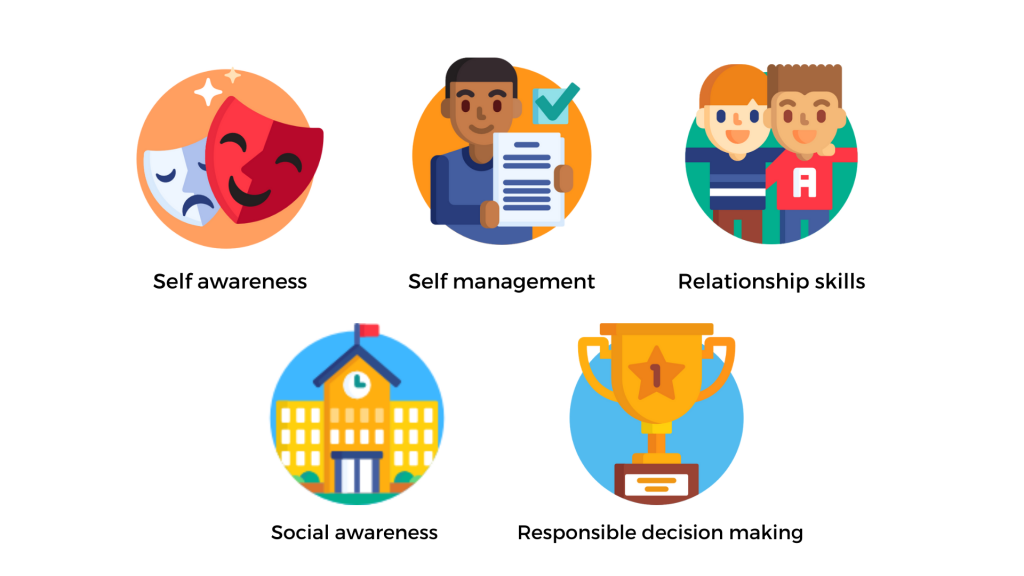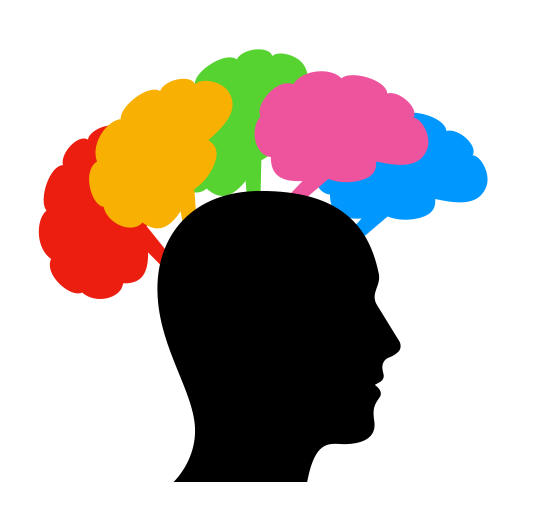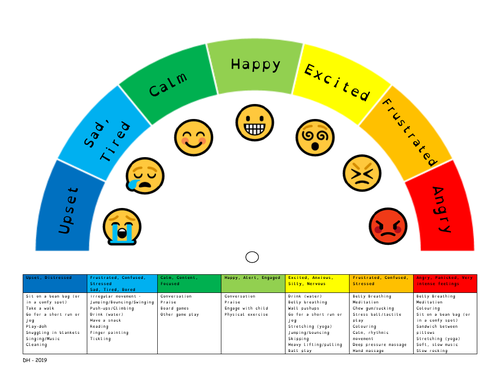Impact of Combining SEL and Literacy Strategies
SEL + LITERACY STRATEGIES = SAFE LEARNING COMMUNITIES AND GREAT RELATIONSHIPS

Learning about SEL through Literacy strategies can be beneficial. Numerous strategies can be utilized to create rich activities that center on SEL skills; for example, journalling is an effective literacy strategy for comprehension but can also be used to help students track certain emotions, feelings, or behaviours.
According to the Center for Responsive Schools, social-emotional literacy stems from "reading" emotions through written, verbal and visual languages, similar to how in literacy, one must read written texts (2021). Similarly, Hill (2022) argues that SEL is essential in learning literacy. If challenged with a difficult task, students must have the resiliency to push through the typical responses of shutting down and refusing to try it. By using SEL, students can manage their emotions and thinking to create the potential for resiliency to at least attempt the problem first. SEL and literacy are inexplicably tied together for these reasons but are especially linked in Junior grades.
Let's try something. Take a moment and think about this scenario. 🧠
You are a student who is in grade 6 but can only read simple picture books.
Due to struggling to read, you cannot read all the instructions for your math word problem.
What do you do?
You likely give up and refuse to complete the task given, especially since you do not want the embarrassment of asking the teacher to read the word "addition" and risk a peer overhearing. SEL skills and literacy strategies like decoding and looking for words you understand first could help this student push through and become resilient. Additionally, SEL skills would help other students understand that they are all at different places for learning and that differences are okay and should not be made fun of.
A typical SEL strategy that can be seen in unison with literacy strategies is Zones of Regulation so that students have the vocabulary they need to identify what they are feeling but also how they would like to handle it. While this may not be used in Junior grades, a similar format could be used with emojis and captions below describing the emotion depicted. One similar to the one below may be more Junior-grades appropriate than ones with Inside Out characters that are often seen in Kindergarten or Primary classrooms.
You may ask what would combining SEL and Literacy Strategies to create effective and educational activities look like?
Some can be found on the School Mental Health page, such as Positive Post-its, Inspirational Snowball Fight, and Jill Webb and Marcia Tate's blogs! You can also create your own combination of literacy strategies and SEL skills to integrate together to produce fun, engaging activities that Junior students would enjoy!
Lastly, it is also important to note that while SEL and literacy strategies are beneficial for academic and social aspects, they can also be critical classroom management strategies. Incorporating SEL into the classroom can help create a safe and encouraging environment for students to learn. If students do not feel safe, accepted, or comfortable, they will not TRY to learn (Center for Responsive Schools, 2021). What do educators think about students who refuse to learn, especially regarding skills such as literacy? The students often get branded as difficult, unwilling and possibly unteachable, thus creating a strain on the student-teacher relationship. Incorporating SEL and creating a welcoming environment enhances a student-teacher relationship where students will feel comfortable taking risks and building their resiliency and academic, social and SEL skills to ultimately boost their chances of success in the future.



Comments
Post a Comment